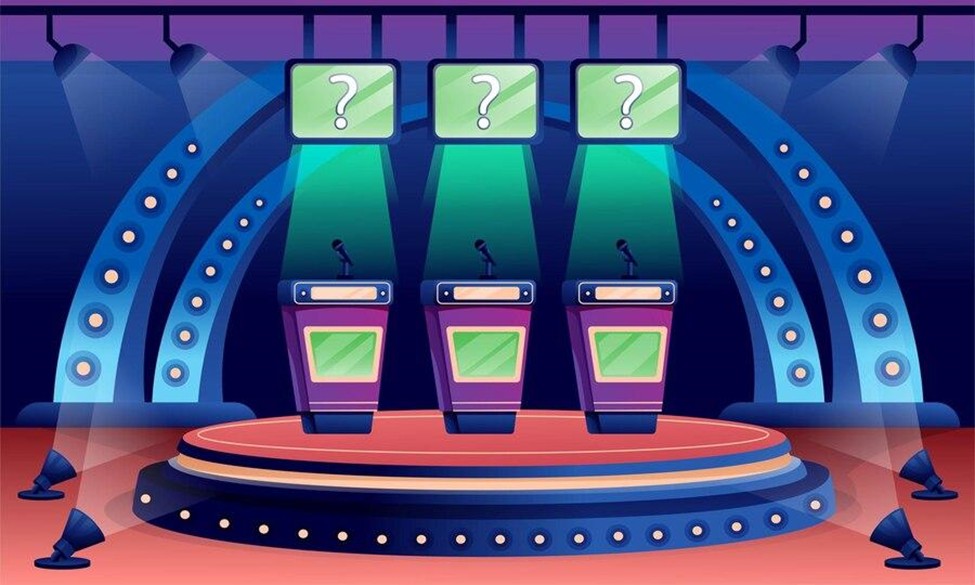The Evolution of Game Shows From Trivia to High-Stakes Challenges

Game shows have always been a favorite on British television. According to the Broadcasters’ Audience Research Board (BARB), programmes in this category drew an average of 1.2 million viewers daily across major channels in 2022. The appeal isn’t just about winning prizes; it’s also about the fun of watching everyday folks grapple with questions, tasks, and the occasional heart-pounding risk. There’s something satisfying about shouting the answer at the screen, even if the contestant might get it wrong. Over the years, show formats have grown bolder and bigger, leaving simple quiz panels behind and moving toward flashy sets, dramatic music, and prizes that can change a person’s life overnight.
Producers have also noticed a steady shift in what audiences want. While older quiz shows like Mastermind or University Challenge still have loyal fans, more elaborate challenges have started to grab the spotlight. Channel-hopping is second nature these days, and creators have to stand out. That’s why game shows now include everything from secret whispering in the background to colossal stacks of cash that tempt contestants to risk it all. Before we get ahead of ourselves, let’s look at how these programs started with simple knowledge-based rounds and then ramped up the stakes.
The Early Days of Trivia Game Shows
Televised quiz contests in the UK kicked off with modest sets and straightforward question-and-answer segments. Shows such as The Sky’s the Limit (launched in the 1950s) introduced viewers to a world where quick thinking was vital. Prizes were mostly small, like a couple of pounds or a shiny gift hamper. Despite the humble rewards, audiences loved matching wits with the contestants.
That appetite for friendly competition isn’t much different from the excitement people get when they gamble. Some even find similar thrills through non GamStop casinos. The thrill of easy withdrawals, bonuses, and spins is much like your own game show from the comfort of your home. Noah Evans highlights these platforms operate outside typical constraints and appeal to those who prefer fewer account limitations. Of course, while the environment might resemble a daring quiz finale, game shows use trivia and entertainment to spark a similar sense of anticipation. Once the spotlight on trivia took hold, broadcasters wasted no time creating new formats that tested everything from puzzle-solving abilities to physical skills.
Bigger Budgets and Greater Risks
It didn’t take long for producers to realize that the promise of more substantial prizes kept people glued to their screens. By the 1990s, shows like Who Wants to Be a Millionaire? offered jaw-dropping jackpots, proving that a nail-biting format could make headline news. That style popularized phone-a-friend lifelines and dramatic lighting cues, building a sense of pressure that made each question feel life-changing.
The thrill of “go big or go home” soon pushed other programs to match or surpass that level of excitement. Deal or No Deal tested contestants’ intuition as they picked briefcases with hidden sums, while The Weakest Link added a snappy, sometimes harsh host who drummed up tension. Ratings showed that UK audiences couldn’t get enough of the adrenaline rush that accompanied high-stakes decisions.
Physical and Extreme Challenges
Not everyone tunes in just for questions and answers. Some want to see contestants tackle outlandish tasks that test nerve, agility, or strategy. Shows like Gladiators once featured participants sparring against larger-than-life personalities, while Total Wipeout placed ordinary people on an over-the-top obstacle course. Slipping, splashing, and occasionally face-planting into foam surfaces might seem silly, but that never stopped viewers from tuning in.
Interactive Spin-Offs and Audience Participation
Modern broadcasting has found ways to involve fans in real time. Some shows let home viewers enter their answers through apps. Others invite them to call in and guess puzzle answers live, with a chance to win a smaller pot of cash. A sense of inclusion goes a long way toward keeping audiences hooked, turning game shows into community events rather than one-way broadcasts.
Late-night quiz programs have tried phone-ins where hosts chat with random callers who attempt to solve riddles under strict time limits. These experiments have varying degrees of success, yet they often get decent viewer participation. For the TV stations, interactivity can mean higher engagement, and for fans, it’s a chance to shine beyond just shouting at the telly.
The Global Rise of Formats
A good concept doesn’t stay in one country for long. UK game shows have influenced variations worldwide, while British television has imported big names from abroad. Wheel of Fortune and Jeopardy! may be American staples, but local tweaks can make them feel right at home for UK audiences. Meanwhile, Countdown inspired versions in France and other places prove that anagrams and mental arithmetic can transcend language barriers.
This international cross-pollination helps keep fresh ideas flowing. Producers keep an eye on the ratings at home and abroad to find formats that might appeal to fans in Britain. With so many channels competing for viewers, a unique game show that starts elsewhere can become the next surprise hit on primetime TV.

